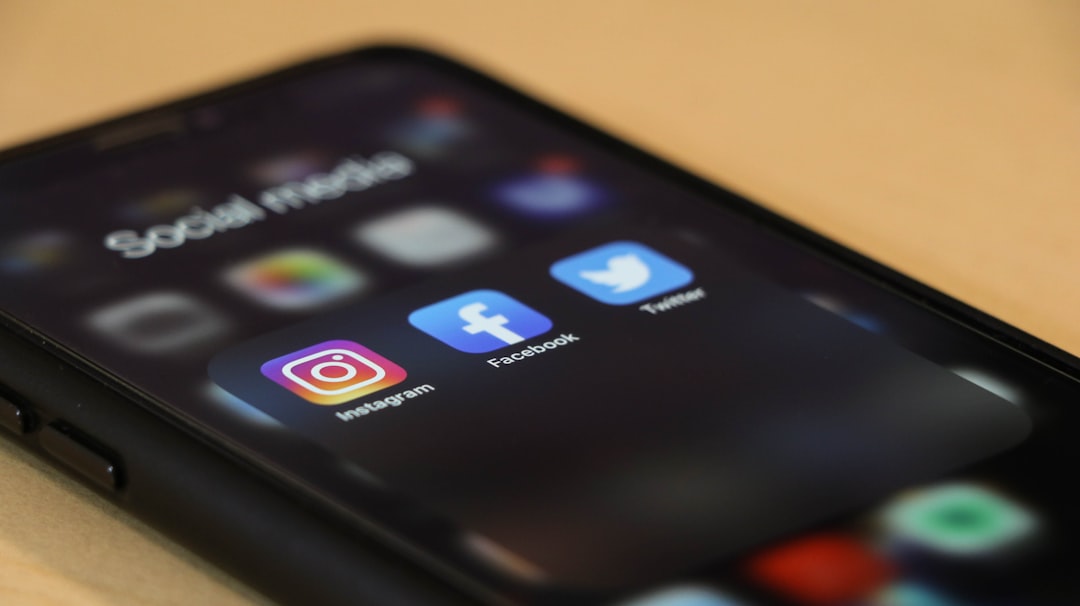- Audiencelift
- Posts
- Ranking paid podcast promotion strategies 📈
Ranking paid podcast promotion strategies 📈

Hey
Welcome to the second edition of the Audience Lift monthly newsletter.
At Amaze Media Labs we’re obsessed with helping creators and publishers grow their audiences. So in this email, I’ll be breaking down five of the most popular paid podcast growth strategies and ranking them on a scale from 1-10.
I’ll be brutally honest about what you can expect from each strategy so you can decide which ones make sense for your content.
If you’re not interested in staying up to date on audience growth strategies you can click the giant “Not Interested in Growing My Audience” button below and I’ll take you off of our list.
But if you are interested, keep reading to learn which paid growth strategies work best for podcasters.
Social media platforms like Facebook and Instagram have robust advertising platforms.
These services are popular for businesses that want to get the word out about their products and services because they can target specific groups of people and start campaigns for very little (often $1-$5 per day).
To promote a podcast using Facebook Ads, you would upload your podcast artwork or a video clip from your podcast, write a compelling description that explains why the person reading it should listen to your podcast, and then link to an app where they can download it.
Screenshot from https://castos.com/promote-a-podcast-on-facebook/
Here’s the big problem though… It doesn’t work.
The mindset and behavior of someone scrolling through social media to find pictures of their niece’s birthday party is not conducive to listening to a 45 minute podcast interview.
You’re not reaching them at the right time with the right message.
So while it’s the most inexpensive way to promote your podcast, it’s lack of effectiveness means it only gets a 2 out of 10.
For a deeper dive into Facebook Ads for podcast promotion, watch Evo Terra’s extensive breakdown on his Podcast Pontifications YouTube channel.
Audio Ads on Other Podcasts
What if you could reach your ideal podcast listener while they’re listening to one of their favorite shows? Surely that would be an effective way of growing your audience.
Platforms like Libsyn’s AdvertiseCast and the Spotify Audience Network make it possible to record an audio ad for your podcast and run it on shows in their advertising network.
Being a guest on another podcast that shares an overlap in content or audience with your own is one of the most effective free strategies to grow your audience, so you’d think that simulating that interaction with a well-placed audio promotion would work similarly well.
The truth is, it really depends.
I’ve heard success stories of podcasters that did exceptionally well buying audio ads on other podcasts and epic failures where they saw virtually no increase in their downloads (even after spending several thousand dollars).
There are a lot of variables at play.
From the quality of the ad itself, how it is inserted into the podcast, if there are other advertisements it gets grouped with, the quality of the podcast it’s matched with, how receptive that audience is to taking action on advertisements that aren’t host read. It’s a long list.
Spotify has a lower barrier to entry (the campaigns are cheaper to test), but neither they nor AdvertiseCast can guarantee any kind of tangible results. They can only promise to fulfill delivery of the campaign.
It can be a good strategy to test, but because of how unpredictable it can be I have to give it a 4 out of 10.
Third-Party Listening Apps
Overcast truly pioneered the third-party listening app advertising strategy, allowing podcasters to promote their podcast as a banner at the bottom of their player while the listener was engaged with a similar podcast.
Screenshot from overcast.fm/ads
Now it’s become more widespread with Castbox, Player FM, Podcast Addict, and others offering similar ads platforms.
With auction based pricing, less competitive categories like Kids & Family or Arts used to net you new listeners for less than $1 with campaigns starting below $100 for an entire month 🤯
But that was then, and now that more podcasters (and podcast networks) are utilizing these platforms to find new listeners, it’s simply not as cost effective as it once was.
As of the time I’m writing this newsletter, a 30 day Overcast campaign in the business category will run you $800 for 30-40 new subscribers. (Business podcasts tend to be the ones with larger marketing budgets, so those categories typically cost more)
Of those 30-40 new subscribers, you can expect 7-10 of them to become loyal listeners that download future episodes.
Is $800 a good investment for a 7-10 download increase per episode? Maybe for you it is.
At the very least, you know you’re promoting your podcast to engaged listeners alongside relevant content. That’s more than you can say for the first two strategies we covered.
For that, I give Third-Party Listening Apps a 5 out of 10.
Buzzsprout has a list of the major podcast apps you can advertise on and the going rates for each if you’d like to learn more.
YouTube in-feed videos
If you produce a video version of your podcast and publish it to YouTube, you have the ability to leverage YouTube ads to promote individual videos through the Google Ads platform.
Here’s how it works…
First you identify a video on your channel that is performing really well on its own, either getting more views than normal or leading to more subscribers than you typically see. This is the video you’ll use to promote your channel.
Once you set up a Google Ads account, you can run what are called “in feed video ads.”
They look and feel just like a normal YouTube recommended video (minus the “Ad” label next to it) and can be an inexpensive way to get additional views on that video.
For a U.S.-based viewer, you can expect to spend between $0.05 and $0.15 per view depending on how competitive your niche is (video campaigns about credit cards cost more than video campaigns about home gardening).
You control how much you spend per day and how much you want to spend per view (similar to social media ads), but it’s up to you to pick a video that will bring the right person to your channel and lead them to consume more of your content.
(YouTube also has a beta Promotion tab for some creators, but results have been mixed at best and I wouldn’t recommend it at this point)
One word of caution: be careful of “pay for subscribers” services that promise a result without telling you where those subscribers are coming from. They’re often using VPN devices in other countries to artificially inflate your subscriber number, they aren’t real people and it won’t lead to additional video views later on.
In-feed video ad campaigns with Google Ads is currently the best way to grow your YouTube channel…
We’ve got a solution in development for our audiencelift.com platform that is pretty mind blowing, but I’ll tell you more about it when it’s ready for beta testing 😉
But YouTube ads in its current form gets a solid 7 out of 10.
If you’re looking for a YouTube video to explain how to run YouTube ads (super meta, I know), check out this tutorial by Jason Whaling.
audiencelift
At Podcast Movement in 2023, Amaze Media Labs launched Trailergram (now called audiencelift), a first-of-its-kind podcast growth solution focused on capturing people off of the web and converting them into podcast listeners.
Here’s how it works…
First you upload a trailer for your podcast, around 60 seconds in length that highlights what your podcast is about, and who it is for.
audiencelift then creates a custom advertisement that is placed alongside articles and websites with similar content, like this podcast about stuff that happens In The Wild alongside an article about bears taking selfies…
Screenshot of an audiencelift ad on People Magazine
Anyone who listens to at least half of the trailer then has the opportunity to subscribe for custom push notifications on their mobile phone and listen to full-length episodes on audiencelift’s web-based podcast player.
We’ve run campaigns with indie podcasters as well as networks like iHeartRadio and Wondery…
And most campaigns result in thousands of additional downloads ranging anywhere from $0.05 to $0.15 for a new listen.
It’s easy to set up and the results are immediately evident in your podcast hosting platform. With campaigns starting at $500, audiencelift gets an 8 out of 10.
Why don’t I rank our own solution a 10 out of 10?
In order to deliver IAB-compliant downloads at the scale we are, we drive new listeners to engage with your podcast on our custom web player rather than a podcast listening app like Spotify or Apple Podcasts.
If you can keep a secret, I’ll tell you that we have an Apple Podcasts promotion product currently in development. Just keep it between you and me…
So for podcasters that want to focus on growing their podcast on Apple Podcasts or Spotify, audiencelift in its current form isn’t the best solution.
But if you want to give audiencelift a try and see what kind of results you can get, use code LIFTNEWS10 at checkout to get 10% off your first campaign.
Just promise me one thing… you’ll let me know how well it worked for you!
P.S. Did you get all the way to the bottom of this email and decide the content was pretty blah?
No worries…
Just click the button below and you won’t receive any more of these newsletters from me.



Social Media Ads